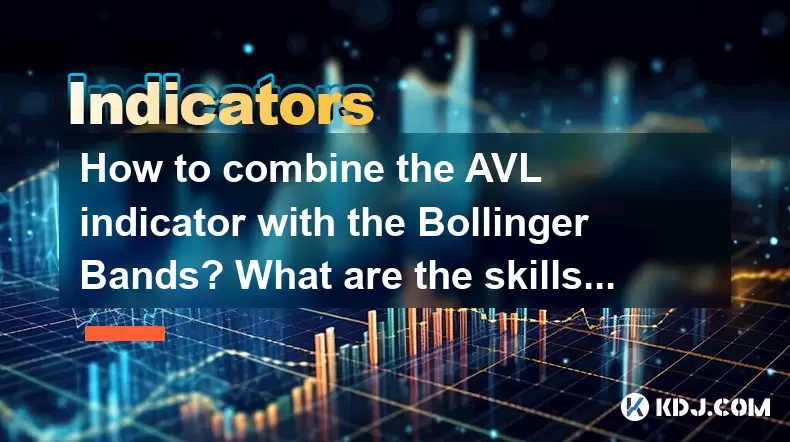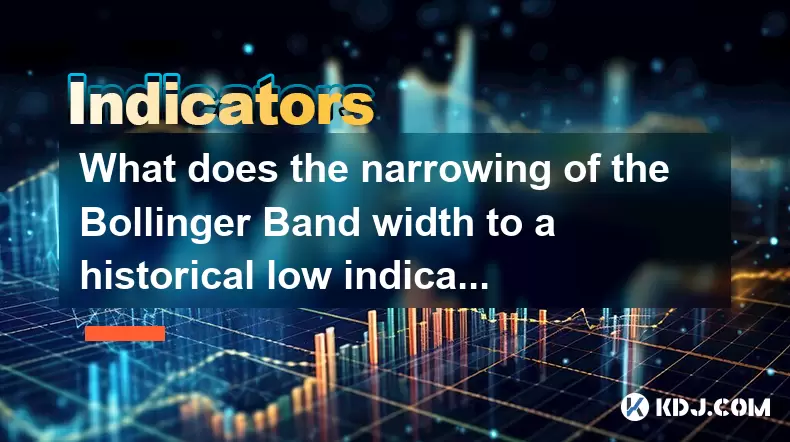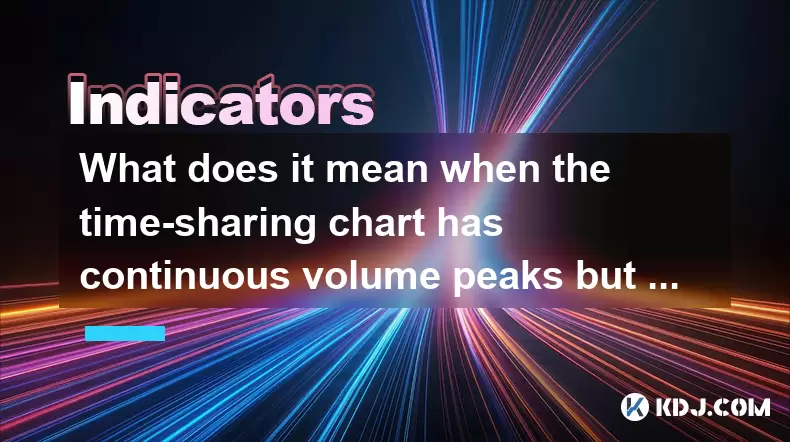-
 Bitcoin
Bitcoin $102,936.6333
3.84% -
 Ethereum
Ethereum $2,303.2860
5.42% -
 Tether USDt
Tether USDt $1.0008
0.05% -
 XRP
XRP $2.0592
5.18% -
 BNB
BNB $630.3035
4.07% -
 Solana
Solana $139.0485
7.91% -
 USDC
USDC $1.0000
0.01% -
 TRON
TRON $0.2722
3.17% -
 Dogecoin
Dogecoin $0.1572
6.30% -
 Cardano
Cardano $0.5543
5.37% -
 Hyperliquid
Hyperliquid $37.0789
8.94% -
 Bitcoin Cash
Bitcoin Cash $454.8827
2.38% -
 Sui
Sui $2.6088
10.94% -
 UNUS SED LEO
UNUS SED LEO $9.0751
0.81% -
 Chainlink
Chainlink $12.1078
6.95% -
 Stellar
Stellar $0.2351
5.76% -
 Avalanche
Avalanche $17.1771
7.35% -
 Toncoin
Toncoin $2.8438
5.50% -
 Shiba Inu
Shiba Inu $0.0...01112
7.74% -
 Litecoin
Litecoin $82.9385
5.91% -
 Hedera
Hedera $0.1409
8.82% -
 Ethena USDe
Ethena USDe $1.0006
0.01% -
 Monero
Monero $301.2470
1.77% -
 Dai
Dai $1.0001
0.01% -
 Polkadot
Polkadot $3.2751
3.88% -
 Bitget Token
Bitget Token $4.0623
2.00% -
 Uniswap
Uniswap $6.5652
8.27% -
 Pepe
Pepe $0.0...09287
7.77% -
 Pi
Pi $0.5146
6.32% -
 Aave
Aave $242.0173
11.35%
How to combine the AVL indicator with the Bollinger Bands? What are the skills for superposition?
Combining the AVL indicator with Bollinger Bands can enhance crypto trading by identifying volume trends and price volatility for better decision-making.
May 25, 2025 at 05:15 am

The AVL indicator and Bollinger Bands are two powerful technical analysis tools used by cryptocurrency traders to make informed decisions. Combining these two tools can provide a more robust trading strategy by leveraging the strengths of both. In this article, we will explore how to effectively combine the AVL indicator with Bollinger Bands and discuss the skills needed for successful superposition.
Understanding the AVL Indicator
The AVL (Adaptive Volume Line) indicator is a volume-based tool that helps traders identify potential trend reversals and continuations. It adapts to the market's volatility, making it particularly useful in the often turbulent cryptocurrency markets. The AVL indicator plots a line that represents the cumulative volume adjusted for price movements, which can signal when the market is reaching a peak or a trough.
To use the AVL indicator effectively, traders need to understand its key components:
- Volume Line: The main line that tracks the cumulative volume, adjusted for price.
- Signal Line: A moving average of the volume line that helps identify trends.
- Divergence: When the price and the AVL move in opposite directions, it can signal a potential reversal.
Understanding Bollinger Bands
Bollinger Bands are a volatility indicator that consists of a middle band (usually a simple moving average) and two outer bands that are standard deviations away from the middle band. They help traders identify overbought and oversold conditions in the market.
The key components of Bollinger Bands are:
- Middle Band: Typically a 20-day simple moving average.
- Upper Band: The middle band plus two standard deviations.
- Lower Band: The middle band minus two standard deviations.
Bollinger Bands are useful for identifying:
- Volatility: The width of the bands indicates the level of volatility.
- Price Levels: When the price touches the upper band, it may be overbought; when it touches the lower band, it may be oversold.
Combining the AVL Indicator and Bollinger Bands
To combine the AVL indicator with Bollinger Bands, traders need to understand how these tools can complement each other. The AVL indicator can provide insights into volume trends, while Bollinger Bands can highlight price volatility and potential reversal points. Here’s how to integrate these tools:
- Identify Divergence: Use the AVL indicator to spot divergences between the volume line and the price. If the price is making new highs while the AVL is declining, it might indicate a bearish reversal.
- Confirm with Bollinger Bands: Look for the price to approach the upper or lower Bollinger Band. If the price is near the upper band and the AVL shows bearish divergence, it could be a strong sell signal. Conversely, if the price is near the lower band and the AVL shows bullish divergence, it could be a strong buy signal.
- Monitor Volatility: Pay attention to the width of the Bollinger Bands. Narrow bands indicate low volatility, which often precedes a significant move. Use the AVL to confirm if the volume is building up during these periods.
Skills for Superposition
Superposition requires a deep understanding of both indicators and the ability to interpret their signals in conjunction. Here are some skills that can enhance your ability to use the AVL indicator and Bollinger Bands together effectively:
- Technical Analysis Proficiency: A solid foundation in technical analysis will help you understand how different indicators interact and complement each other.
- Pattern Recognition: Being able to recognize patterns in both the AVL and Bollinger Bands can help you anticipate market moves.
- Risk Management: Understanding how to manage risk when trading based on these indicators is crucial. This includes setting stop-losses and take-profit levels based on the signals provided.
- Backtesting: Regularly backtest your strategy to ensure it performs well across different market conditions. This involves applying your AVL and Bollinger Bands strategy to historical data to see how it would have performed.
Practical Application of Superposition
To apply the superposition of the AVL indicator and Bollinger Bands in your trading, follow these steps:
- Set Up Your Chart: Open your trading platform and add both the AVL indicator and Bollinger Bands to your chart. Ensure the settings for both indicators are appropriate for your trading style and timeframe.
- Analyze the AVL Indicator: Look for divergences between the volume line and the price. Note any significant peaks or troughs in the AVL.
- Analyze Bollinger Bands: Observe the position of the price relative to the upper and lower bands. Pay attention to the width of the bands to gauge market volatility.
- Identify Signals: Look for instances where the AVL shows a divergence and the price is near a Bollinger Band. For example, if the price is near the upper band and the AVL shows a bearish divergence, it might be a good time to consider a sell.
- Execute Trades: Based on the signals from both indicators, execute your trades. Ensure you have set appropriate stop-loss and take-profit levels to manage your risk.
Interpreting Combined Signals
Interpreting the combined signals from the AVL indicator and Bollinger Bands requires practice and attention to detail. Here are some examples of how to interpret these signals:
- Bullish Signal: If the price is near the lower Bollinger Band and the AVL shows a bullish divergence (the price is making lower lows while the AVL is making higher lows), it could indicate a potential upward reversal. This might be a good time to consider a buy.
- Bearish Signal: If the price is near the upper Bollinger Band and the AVL shows a bearish divergence (the price is making higher highs while the AVL is making lower highs), it could indicate a potential downward reversal. This might be a good time to consider a sell.
- Volatility Breakout: If the Bollinger Bands are narrow and the AVL shows increasing volume, it could signal an impending breakout. Watch for the price to break out of the Bollinger Bands in the direction indicated by the AVL.
Frequently Asked Questions
Q: Can the AVL indicator and Bollinger Bands be used for all cryptocurrencies?
A: Yes, the AVL indicator and Bollinger Bands can be applied to any cryptocurrency. However, the effectiveness of these tools can vary depending on the liquidity and volatility of the specific cryptocurrency. More liquid assets tend to provide clearer signals.
Q: How often should I adjust the settings of the AVL indicator and Bollinger Bands?
A: The settings for both the AVL indicator and Bollinger Bands should be adjusted based on your trading timeframe and the specific market conditions. For short-term trading, you might need to use shorter periods for the indicators, while longer-term trading might require longer periods. Regular backtesting can help you determine the optimal settings.
Q: Is it possible to automate trading strategies that use the AVL indicator and Bollinger Bands?
A: Yes, it is possible to automate trading strategies using these indicators. Many trading platforms offer the ability to write scripts or use existing algorithms that can execute trades based on specific conditions set by the AVL indicator and Bollinger Bands. However, it's important to thoroughly test any automated strategy before using it with real money.
Q: What are some common pitfalls to avoid when using the AVL indicator and Bollinger Bands together?
A: Some common pitfalls include over-reliance on a single signal, ignoring broader market context, and not adjusting the indicators for different market conditions. It's crucial to use these tools as part of a comprehensive trading strategy and to continually refine your approach based on performance and market changes.
Disclaimer:info@kdj.com
The information provided is not trading advice. kdj.com does not assume any responsibility for any investments made based on the information provided in this article. Cryptocurrencies are highly volatile and it is highly recommended that you invest with caution after thorough research!
If you believe that the content used on this website infringes your copyright, please contact us immediately (info@kdj.com) and we will delete it promptly.
- Crypto Penny Coins: Hunting for Monster Gains in 2025
- 2025-06-24 02:45:12
- Ethereum Whale Dips Into Crashing ETH: Smart Move?
- 2025-06-24 02:25:12
- Shiba Inu vs. Rival Tokens: Navigating the Cryptocurrency Craze in NYC
- 2025-06-24 03:10:22
- Stablecoin Scramble: Market Structure and Bill Passage in the Crypto Wild West
- 2025-06-24 02:45:12
- Circle Stock Soars: Surpassing USDC Market Cap After GENIUS Act Boost
- 2025-06-24 03:10:22
- Pepe Coin's Open Interest Hints at Potential Rally: A Trader's Guide
- 2025-06-24 02:50:12
Related knowledge

How to interpret that the time-sharing chart shows "volume and price rise together" but the MACD red column shortens?
Jun 24,2025 at 01:08am
Understanding the Concept of 'Volume and Price Rise Together'In cryptocurrency trading, when a time-sharing chart shows that both volume and price rise together, it is typically interpreted as a sign of strong buying pressure. This means more traders are entering long positions, pushing the price higher while increasing the trading volume. This phenomen...

Is it contradictory that the moving average system is arranged in a bullish pattern but the DMI shows a decline in trend strength?
Jun 23,2025 at 11:43pm
Understanding the Moving Average and DMI RelationshipIn cryptocurrency trading, technical analysis plays a crucial role in identifying potential trends and making informed decisions. Two of the most commonly used indicators are the Moving Average (MA) and the Directional Movement Index (DMI). While both tools aim to provide insight into market direction...

How to interpret that the Williams indicator quickly turns back in the overbought area but does not fall below the 50-axis?
Jun 24,2025 at 02:01am
Understanding the Williams %R Indicator in Cryptocurrency TradingThe Williams %R indicator, often referred to as Williams Percent Range, is a momentum oscillator used by traders to identify overbought or oversold conditions in financial markets, including cryptocurrency. It ranges from 0 to -100, where values above -20 are considered overbought and thos...

What is the significance of the gap formed by the gap opening not being filled within five days?
Jun 23,2025 at 09:42pm
Understanding Gaps in Cryptocurrency TradingIn the world of cryptocurrency trading, a gap refers to a situation where the price of an asset jumps from one level to another without any trading activity occurring between those two levels. This often happens over weekends or holidays when the market is closed, and significant news or events occur that impa...

What does the narrowing of the Bollinger Band width to a historical low indicate?
Jun 24,2025 at 02:35am
Understanding Bollinger Bands and Their Role in Technical AnalysisBollinger Bands, developed by John Bollinger in the 1980s, are a popular technical analysis tool used to measure market volatility. They consist of three lines: a simple moving average (SMA) in the center, typically over a 20-period setting, and two outer bands that are set at a standard ...

What does it mean when the time-sharing chart has continuous volume peaks but the price fluctuation is not large?
Jun 24,2025 at 03:49am
Understanding the Time-Sharing Chart in Cryptocurrency TradingIn cryptocurrency trading, time-sharing charts are crucial tools that help traders monitor real-time price movements and volume activity. These charts display data within specific time intervals—such as 1-minute, 5-minute, or 15-minute windows—and allow for granular analysis of market behavio...

How to interpret that the time-sharing chart shows "volume and price rise together" but the MACD red column shortens?
Jun 24,2025 at 01:08am
Understanding the Concept of 'Volume and Price Rise Together'In cryptocurrency trading, when a time-sharing chart shows that both volume and price rise together, it is typically interpreted as a sign of strong buying pressure. This means more traders are entering long positions, pushing the price higher while increasing the trading volume. This phenomen...

Is it contradictory that the moving average system is arranged in a bullish pattern but the DMI shows a decline in trend strength?
Jun 23,2025 at 11:43pm
Understanding the Moving Average and DMI RelationshipIn cryptocurrency trading, technical analysis plays a crucial role in identifying potential trends and making informed decisions. Two of the most commonly used indicators are the Moving Average (MA) and the Directional Movement Index (DMI). While both tools aim to provide insight into market direction...

How to interpret that the Williams indicator quickly turns back in the overbought area but does not fall below the 50-axis?
Jun 24,2025 at 02:01am
Understanding the Williams %R Indicator in Cryptocurrency TradingThe Williams %R indicator, often referred to as Williams Percent Range, is a momentum oscillator used by traders to identify overbought or oversold conditions in financial markets, including cryptocurrency. It ranges from 0 to -100, where values above -20 are considered overbought and thos...

What is the significance of the gap formed by the gap opening not being filled within five days?
Jun 23,2025 at 09:42pm
Understanding Gaps in Cryptocurrency TradingIn the world of cryptocurrency trading, a gap refers to a situation where the price of an asset jumps from one level to another without any trading activity occurring between those two levels. This often happens over weekends or holidays when the market is closed, and significant news or events occur that impa...

What does the narrowing of the Bollinger Band width to a historical low indicate?
Jun 24,2025 at 02:35am
Understanding Bollinger Bands and Their Role in Technical AnalysisBollinger Bands, developed by John Bollinger in the 1980s, are a popular technical analysis tool used to measure market volatility. They consist of three lines: a simple moving average (SMA) in the center, typically over a 20-period setting, and two outer bands that are set at a standard ...

What does it mean when the time-sharing chart has continuous volume peaks but the price fluctuation is not large?
Jun 24,2025 at 03:49am
Understanding the Time-Sharing Chart in Cryptocurrency TradingIn cryptocurrency trading, time-sharing charts are crucial tools that help traders monitor real-time price movements and volume activity. These charts display data within specific time intervals—such as 1-minute, 5-minute, or 15-minute windows—and allow for granular analysis of market behavio...
See all articles
























































































